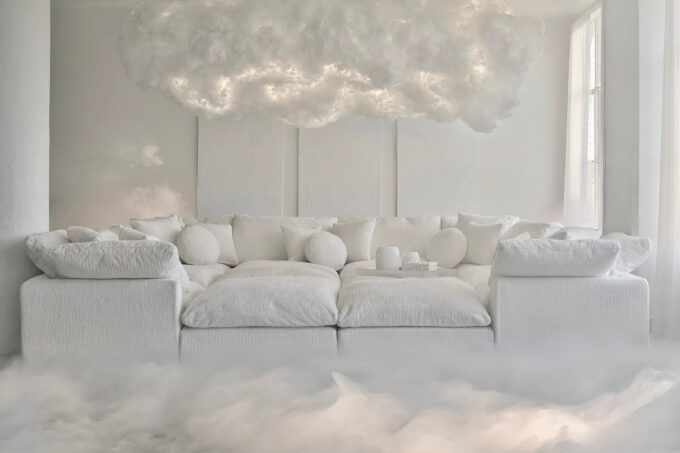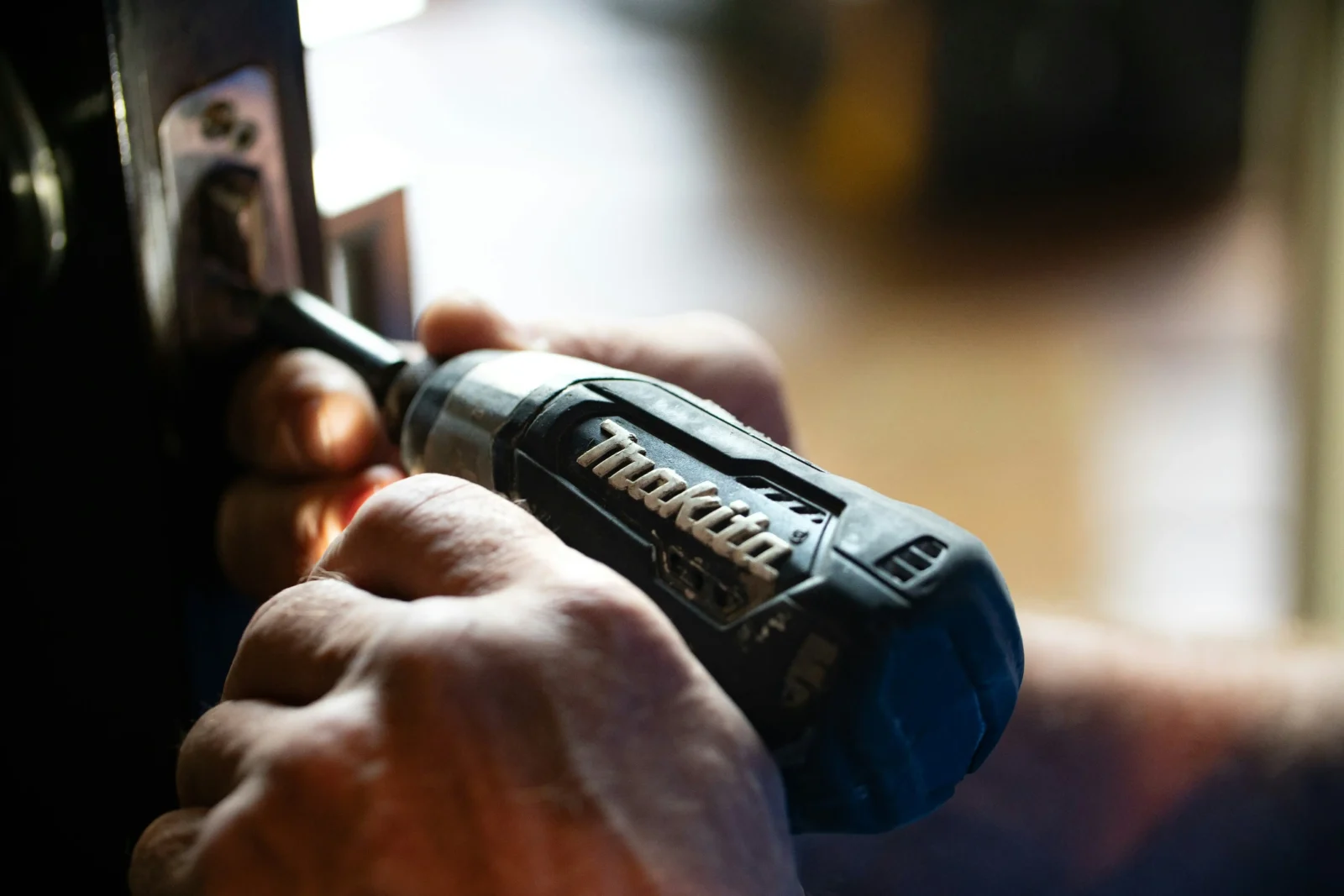- Home
- Articles
- Architectural Portfolio
- Architectral Presentation
- Inspirational Stories
- Architecture News
- Visualization
- BIM Industry
- Facade Design
- Parametric Design
- Career
- Landscape Architecture
- Construction
- Artificial Intelligence
- Sketching
- Design Softwares
- Diagrams
- Writing
- Architectural Tips
- Sustainability
- Courses
- Concept
- Technology
- History & Heritage
- Future of Architecture
- Guides & How-To
- Art & Culture
- Projects
- Interior Design
- Competitions
- Jobs
- Store
- Tools
- More
- Home
- Articles
- Architectural Portfolio
- Architectral Presentation
- Inspirational Stories
- Architecture News
- Visualization
- BIM Industry
- Facade Design
- Parametric Design
- Career
- Landscape Architecture
- Construction
- Artificial Intelligence
- Sketching
- Design Softwares
- Diagrams
- Writing
- Architectural Tips
- Sustainability
- Courses
- Concept
- Technology
- History & Heritage
- Future of Architecture
- Guides & How-To
- Art & Culture
- Projects
- Interior Design
- Competitions
- Jobs
- Store
- Tools
- More
Designing Comfortable Homes with Modern HVAC Solutions

A comfortable home goes beyond stylish interiors or cozy furniture. The way air circulates, the temperature balance across rooms, and the quality of indoor air all play a vital role in how inviting a space feels. Therefore, below, we discuss practical ways to design homes with modern HVAC solutions that support comfort and efficiency.
Table of Contents
TogglePractical Tips for Designing Homes with Modern HVAC Solutions
Older HVAC systems get the job done, but they lack the efficiency and flexibility homeowners want today. Here are tips to help you make the most of modern HVAC solutions when designing a comfortable home.
Use Zoning Systems
Zoning breaks the house into sections, and each section gets its own thermostat. This way, the system can heat or cool rooms based on use and the comfort level for each area. For example, the upstairs often feels warmer in summer than the downstairs, and zoning allows you to target cooling where it’s needed most. Families no longer have to argue over one thermostat setting, and energy isn’t wasted conditioning rooms that sit empty.
Setting up zoning involves adjusting the ductwork, adding dampers to control airflow, and connecting the thermostats and control panels. Thus, an expert can provide reliable home services to ensure the equipment runs without strain.
Choose Energy-Efficient Units
The efficiency of your HVAC system determines how much comfort costs you each month. Units with a high SEER (Seasonal Energy Efficiency Ratio) rating use less electricity to produce the same level of heating or cooling as older models.
For example, replacing a 10 SEER air conditioner with a 16 SEER unit can cut cooling costs by nearly half over time. Beyond lowering bills, efficient systems often regulate temperatures more evenly and reduce wear on components, which extends the lifespan of the equipment.

Selecting the right unit isn’t about picking the one with the highest rating on the shelf. The best choice depends on your home’s size, insulation, and climate. A professional can calculate the proper load requirements and recommend equipment that fits those needs without wasting money on unnecessary capacity.
Install Smart Thermostats
Homeowners use smart thermostats to manage indoor temperatures without constant adjustments. They learn daily routines, like when the house is empty during work hours or when everyone returns in the evening. Thus, instead of running the system at full power all day, the thermostat lowers energy use when it isn’t needed and restores the temperature before anyone walks in.
These devices connect to Wi-Fi, allowing temperature adjustments through a phone or voice assistant. That means you can adjust settings while traveling or fine-tune comfort before arriving home. Many models also generate energy reports that show how much power the system uses and at what times, giving homeowners a clear picture of their consumption.
Seal and Insulate Properly
A high-performing HVAC system loses value if the home leaks air. Heated or cooled air escapes through gaps in ductwork, thin insulation, or poorly sealed windows, which forces the system to run longer and harder. It raises utility bills and still leaves some rooms uncomfortable. Even a small leak in a duct can waste a significant amount of energy over a year.
Sealing ducts and adding proper insulation keep conditioned air where it belongs. Foam or caulk can close gaps around vents, while insulation in attics and walls helps maintain steady temperatures.
Improve Indoor Air Quality
Dust, pollen, mold spores, and pet dander often collect indoors, and without the right HVAC system, they circulate in every room. Poor air quality leads to allergies, breathing issues, and an overall sense of stuffiness, even when the temperature feels fine. Modern HVAC systems tackle air quality on several levels. For instance, HEPA filters catch fine particles before they circulate throughout the house, while UV lights stop bacteria and mold from spreading.
Humidity controls complete the picture by keeping the air balanced—dry enough in winter to avoid irritation and steady enough in summer to prevent dampness. This balance supports healthier breathing for the family and also safeguards the home by preventing damage to wood floors and furniture.
Select Quiet Systems
Noise affects comfort as much as temperature does. For instance, a loud HVAC unit can make it hard to sleep, drown out conversations, or distract during work. Older systems often rattle, hum, or cycle on and off with a jarring sound, which breaks the sense of calm in a home.
Modern systems address this by using variable-speed motors and sound-dampening technology. Instead of blasting air in short bursts, they adjust their speed smoothly, which reduces noise. Additionally, compressors and fans vibrate less, which keeps their sound low enough to fade into the background instead of taking over the room.
Size the System Correctly
An HVAC system should be the right size for the home’s space and conditions. If it’s too large, it cycles on and off quickly, wasting energy and wearing out parts faster. If it’s too small, it runs constantly without ever reaching the set temperature. Thus, rooms feel uncomfortable, and energy bills increase.
Proper sizing comes from calculating more than square footage. Insulation quality, number of windows, ceiling height, and local climate all play a role. A system chosen without these factors in mind will always struggle to keep up.
Integrate Renewable Options
Some HVAC systems can connect to renewable energy sources to reduce dependence on the grid. These technologies demand an upfront investment, but they provide long-term savings. They protect homeowners from rising energy costs because resources like sunlight and ground heat are consistent, while utility rates often change.
Beyond cost, renewable-powered systems lower environmental impact. For instance, a solar unit reduces dependence on fossil fuels, while a geothermal system reduces emissions by using underground temperatures that stay steady year-round.
Regular Maintenance for Lasting Comfort
Even the best HVAC system loses efficiency without upkeep. Filters clog, ducts collect dust, and moving parts wear down. Thus, ensure regular maintenance to improve airflow, keep indoor air clean, and reduce energy use. Seasonal checkups can also catch minor issues before they turn into expensive repairs.
Conclusion
A comfortable home depends on more than the furniture or layout. For instance, the right HVAC design keeps every room balanced, the air clean, and energy costs under control. Modern systems give homeowners choices that older units never offered, from zoning and smart thermostats to renewable-powered options.
illustrarch is your daily dose of architecture. Leading community designed for all lovers of illustration and #drawing.
Submit your architectural projects
Follow these steps for submission your project. Submission FormLatest Posts
10 Interesting Facts About Zaha Hadid
Zaha Hadid was a visionary architect whose fluid forms, bold experimentation, and...
Online 3D Terrain Mapping Tools for Urban and Landscape Design in 2025
A curated guide to the best online 3D terrain mapping tools in...
Common Emergency Repairs Every Homeowner Should Be Ready For
For most of us, when something goes wrong, we have a propensity...
Designing, Retrofitting, and Valuing Non-Standard Homes in Britain
Britain’s housing stock carries a quiet contradiction. From the street, many homes...












Leave a comment